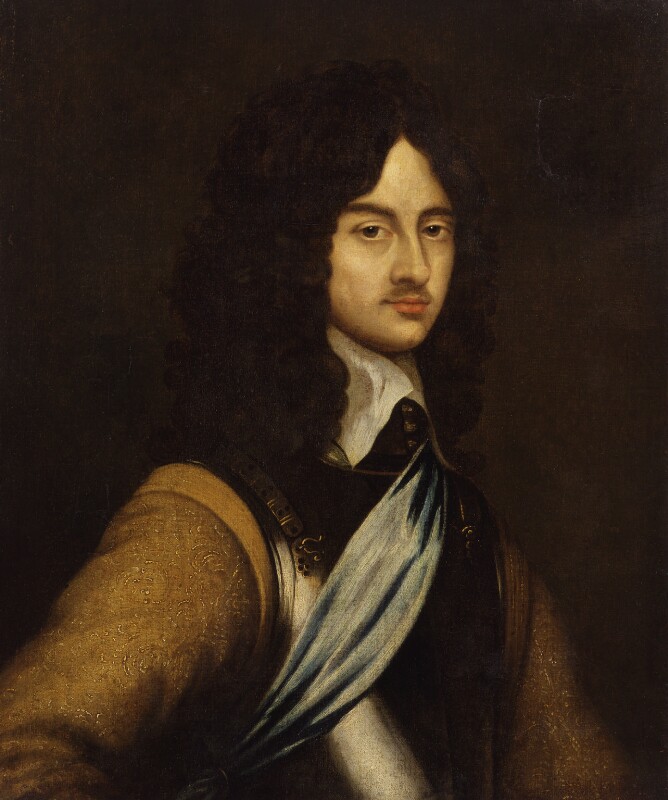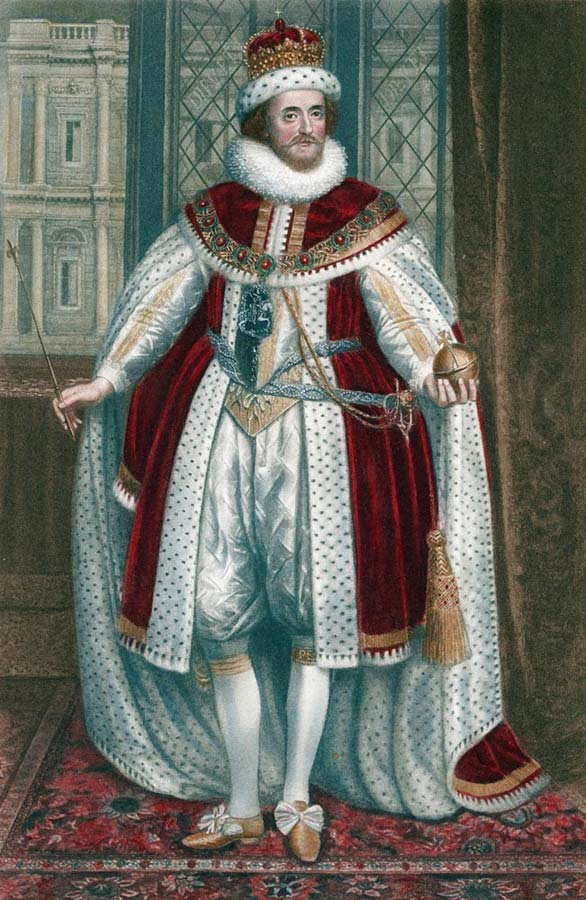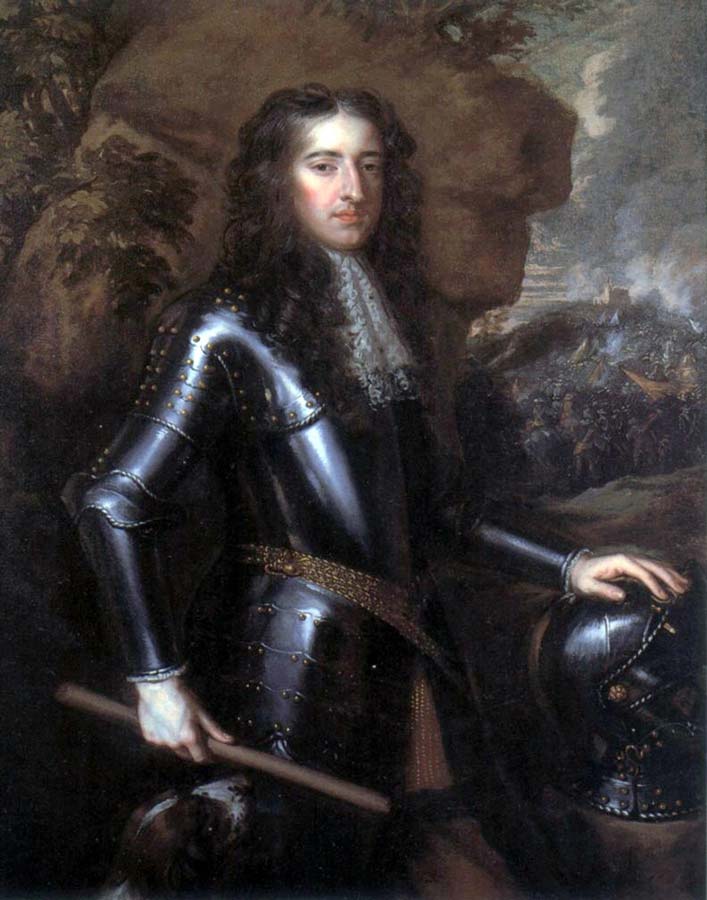Charles I
Charles was the second son of James I and Anne of Denmark and was born on 19th November 1600. As his elder brother Henry Frederick had died Charles succeeded his father in March 1625. He was a great patron of the arts but he had trouble with Parliament over financial, political and religious issues. The King dissolved Parliament several times and decided to govern without it. This was an unpopular move with the people and he eventually fled London and civil war was inevitable. The Royalist and Parliamentary (Roundhead) forces met many times from 1642. Charles surrendered to the Scots in 1646 and was handed over to Oliver Cromwell's forces and imprisoned on the Isle of Wight and then tried in Westminster Hall. On 30th January he was beheaded in Whitehall outside the Banqueting House.
Marriage
On 1st May 1625 he married Henrietta Maria, daughter of the King of France, by proxy at Notre Dame and in person at Canterbury the following month. Three of their children are buried in a vault in the south aisle of the Abbey's Lady Chapel - Mary Princess of Orange, Charles (born and died 1629) and Anne (1637-1640). Their second son succeeded as Charles II (buried in the Stuart vault) and his brother succeeded him as James II.
Coronation
Charles I was crowned in Westminster Abbey on 2nd February 1626. Due to religious difficulties his wife was not crowned with him For the first time ever at a coronation the anthem "I was glad" was sung but it would be the last time that the ancient coronation regalia were used as it was melted down or sold by Cromwell's Parliamentarians after Charles was executed.
Watch: Charles I and the earthquake
Burial
His body was embalmed after the execution and then taken to St James' Palace where it remained on public view until 7th February. The Committee of Parliament refused permission for him to be buried in Westminster Abbey. So the body was taken for burial to St George's chapel at Windsor on 8th February 1649. He is buried in the same burial vault in the quire as Henry VIII and Jane Seymour (after the decision to bury him in Edward IV's vault was changed).
Memorial bust
A lead bust of the king is sited over the eastern porch of St Margaret's Westminster (there is another over the entrance to the Banqueting House in Whitehall). This was presented in 1950 having been found in an antique dealer's yard.
Further reading
"King Charles I: his burial and relics at St George's chapel Windsor Castle" by C. Rider, 2014
"The Trial of Charles I" by C.V. Wedgwood, 1964
"The cult of King Charles the Martyr" by Andrew Lacey, 2003
"The manner of the coronation of King Charles the first..." edited by Christopher Wordsworth, 1892
Oxford Dictionary of National Biography 2004
An equestrian statue of the King stands at the Trafalgar Square end of Whitehall.
The Banqueting Hall is open to the public.


This image can be purchased from Westminster Abbey Library.










